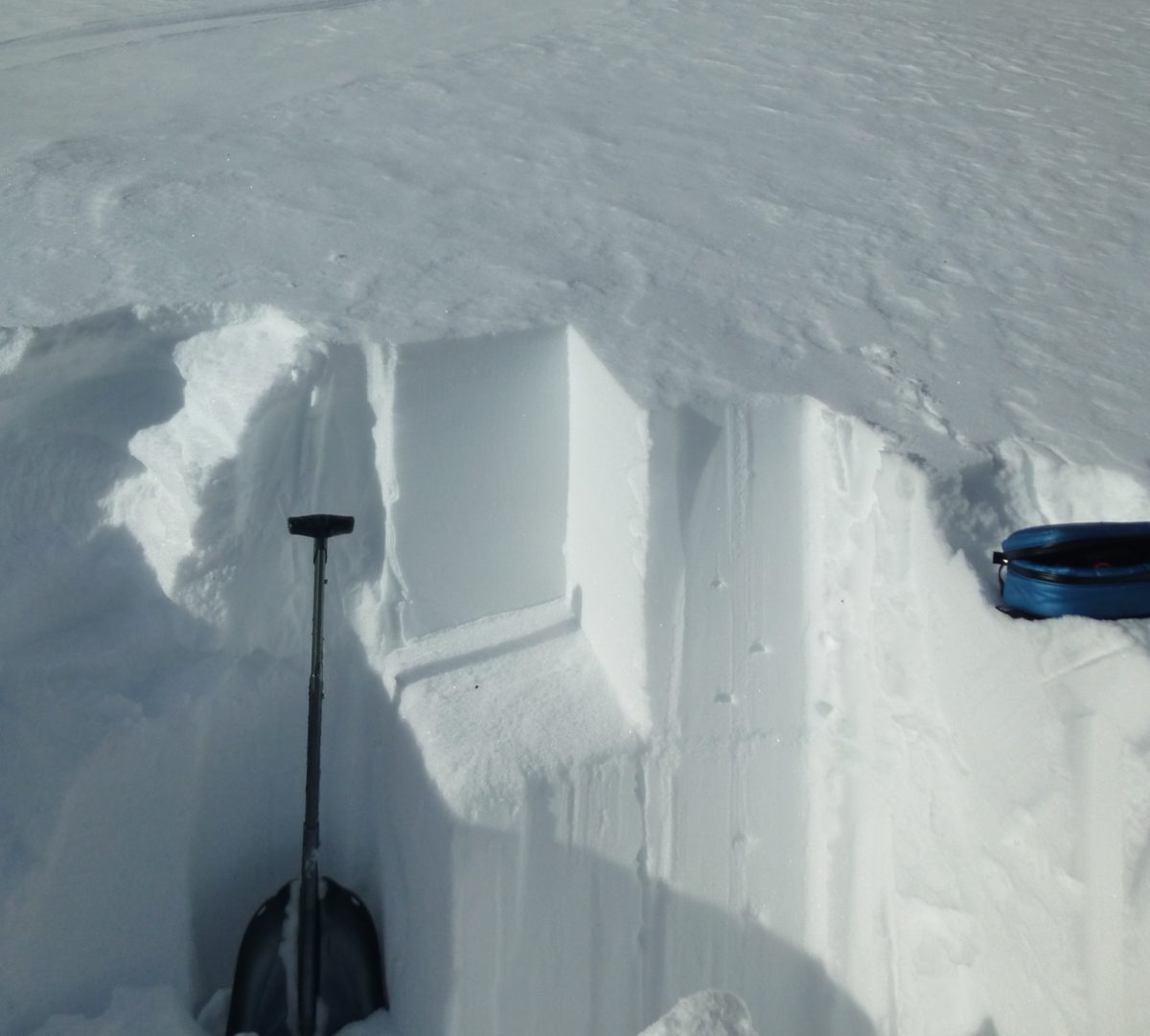A description of how clean or sudden a failure is in a snowpack test.
In snowpack tests, failures that are clean and sudden are the most alarming because they suggest that the weak layer/slab combination may be capable of propagating cracks across slopes. Shear quality and fracture character are two separate but similar scales used to describe how weak layers fail in tests. These two scales used to be more important before the development of snowpack tests such as the ECT and PST, which more directly index propagation propensity, were developed. Shear quality uses a 3-point relative scale, where Q1 shears are unusually clean, planar, smooth, and fast, Q3 shears are non-planar, uneven, irregular, and rough, and Q2 shears are in between the two. Fracture character uses descriptive terms to characterize failures: Sudden planar, sudden collapse, progressive compression, resistant planar, and non-planar break. These five terms are usually broken into three categories: sudden (or Q1), resistant (or Q2), and breaks (or Q3). Regardless of which scale you use, paying close attention to how failures occur in your snowpack tests will give you a better understanding of how weak layers are behaving and evolving. Q1 shears and sudden planar or sudden collapse fractures are red flags in snowpack tests.

